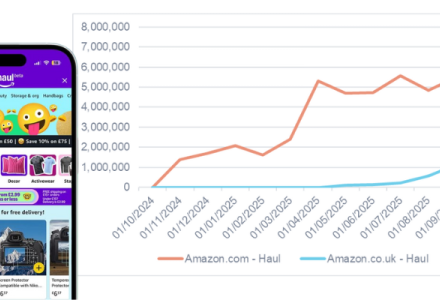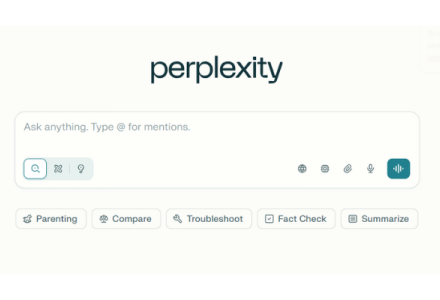Is Amazon DSP Eating The Trade Desk’s Breakfast… and Google’s Lunch?
There’s been a lot of noise recently around The Trade Desk’s weaker-than-expected results. Baron Funds, one of their major investors, claimed Amazon DSP wasn’t the culprit. I’m not entirely convinced — and here’s why.
Amazon DSP vs. The Trade Desk vs. Google: Same Tools, Different Power
All three platforms promise audience-first, data-driven, AI-led, omni-channel, outcome-based advertising. But the key differentiator isn’t the tech — it’s the data behind the tech.
Amazon DSP
- Has unmatched first-party shopping, browsing, and search data from the world’s largest marketplace. These aren’t just audiences — they’re active buyers. That intent is gold.
Google (DV360)
- A true walled garden with enormous reach across Search, YouTube, Gmail, Android, and Chrome. Massive scale, huge influence — but still a broader ecosystem vs. Amazon’s pure commerce signal.
The Trade Desk
- The champion of the open internet. They rely on partnerships and UID2.0, delivering transparency and reach — but without the deep, high-intent first-party data that Google and Amazon naturally own.
Why Amazon Is Quietly Gaining Ground
Baron Funds attributed TTD’s slowdown to platform rollout delays, tariff-related budget shifts, and internal restructuring. Valid points.
But ignoring Amazon’s growing influence feels short-sighted.
Especially when:
- Advertiser interest in Amazon is rapidly expanding beyond Prime Video.
- Amazon is undercutting fees to attract publishers and buyers.
- Partnerships with Roku, Netflix, Disney+, and Spotify are pulling Amazon deeper into premium streaming inventory.
- Amazon’s Q2 2025 ad revenue hit $15.69B, growing 23% YoY—with expectations to surpass $21B in Q4.
At what point do we stop calling this “incremental” and start calling it market share capture?
Is Google Next?
Google’s total ad revenue remains enormous (~$74B in Q3 2025), but Google doesn’t break out DSP-specific numbers. Meanwhile, Amazon keeps gaining momentum in programmatic, especially around retail media and streaming. With the new streaming partnerships, Amazon’s DSP is no longer miles behind Google—and in some areas, it’s now directly competing.
So… Who’s Having Their Lunch Eaten?
The Trade Desk may not be losing dramatic share yet, but Amazon’s trajectory suggests it’s only a matter of time. And Google certainly isn’t immune.
In the DSP space, Amazon may not just be eating The Trade Desk’s breakfast—it might be finishing Google’s lunch too.



